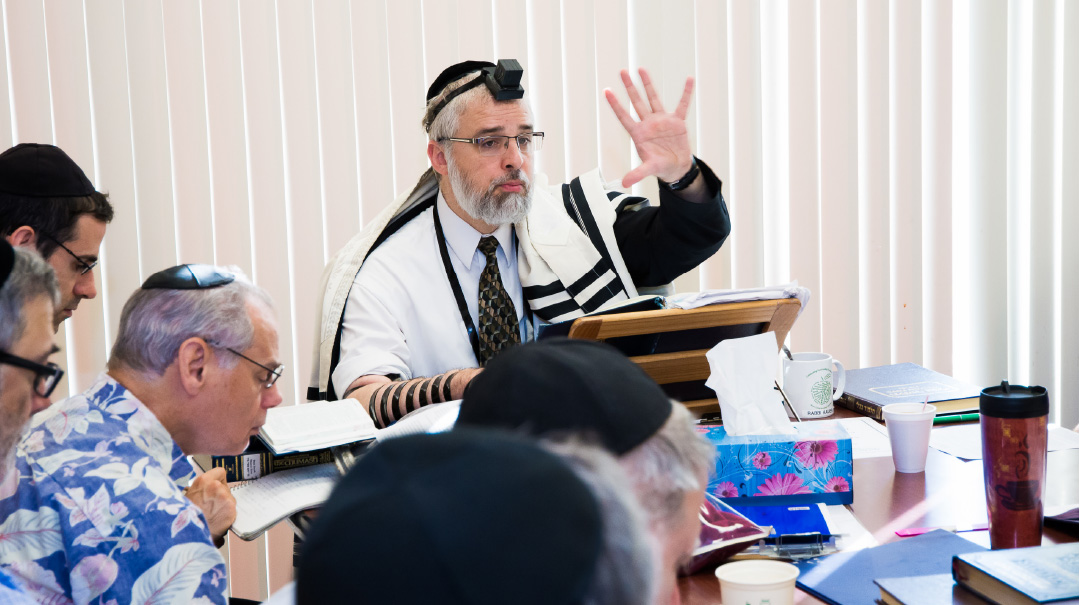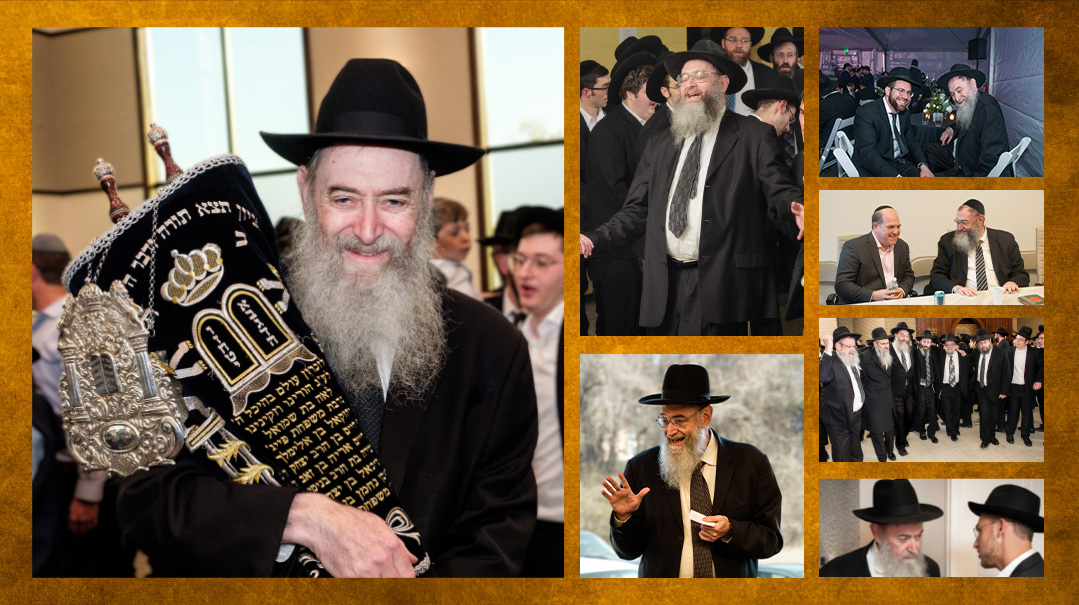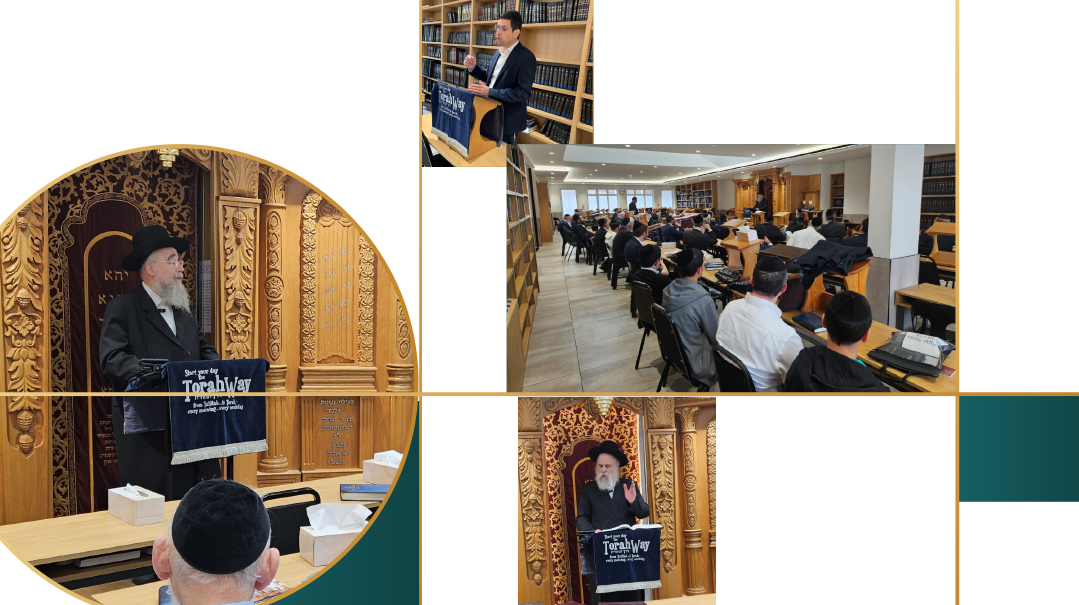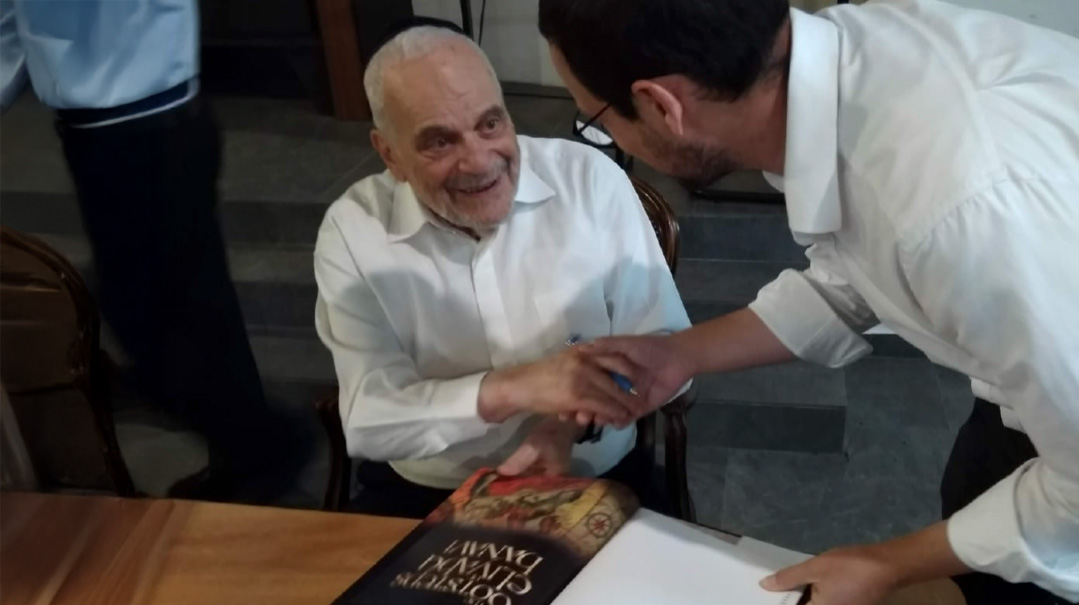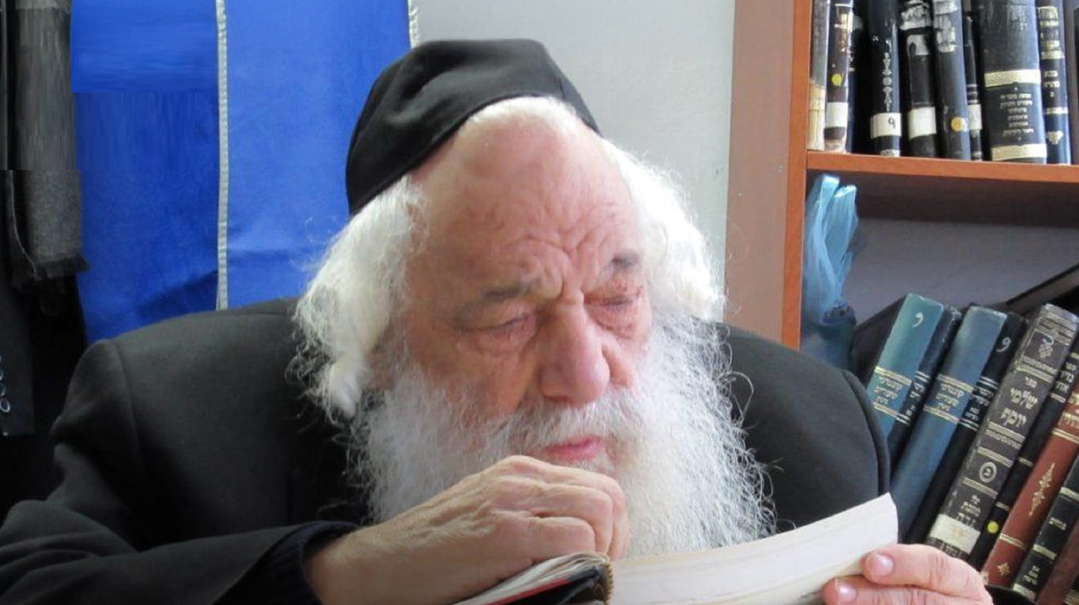Mesoras Rav Moshe

Rav Michel Shurkin Shares An Insider’s View
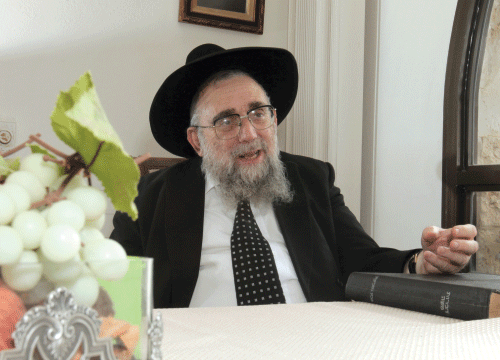
R
av Michel Shurkin is not a man who has time for interviews. A consummate masmid who, talmidim relate, will not miss night seder in Yeshivas Toras Moshe in Yerushalayim for his own children’s sheva brachos, he seemed an unlikely candidate to spend time discussing his Rebbi, Rav Moshe Feinstein, ztz”l. Why would the rebbi who is so devoted to his talmidim that he once flew in to America for a simchah and returned to yeshivah directly from the airport so that he wouldn’t miss more than one day of shiur spare an hour for us?
As if reading my mind, Rav Michel answers that question as soon as I arrive at his Har Nof apartment. “I’m not worthy of eulogizing Rav Moshe, or of giving you a biography of him. But I have mesorahs [traditions] from Rav Moshe that I feel obligated to relay to the public.
“This is a mesorah session,” he concludes, spelling out the ground rules. “It’s not an interview or a hesped.”
In those words, Rav Michel has encapsulated the purpose of his monumental work, Megged Givos Olam, in which he chronicles his memories of several gedolei Yisrael with whom he was fortunate to share a relationship. While full of stories, the sefer is a work in mesorah, in which a reader feels each gadol’s persona and views — both in halachah and hashkafah — come to life through the lens of a devoted talmid. In our time together, Rav Michel shares the mesorah he gleaned from over a quarter of a century in Rav Moshe’s shadow.
Much More than a Rebbi
Listening to Rav Michel talk about his rebbi, one senses both awe and love resonating from his voice. He shares a story that offers us a glimpse into the source of the awe. “I recently read that Rav Aharon Leib Steinman, shlita, was decrying the terrible yeridas hadoros [deterioration of the generations]. He pointed to the fact that just one generation ago, we had Rav Moshe and Rav Aharon Kotler, and now we don’t have anyone of their stature.
“My father (Rav Yaakov Moshe Shurkin) strongly held differently. He told me that Rav Moshe wasn’t from the previous generation — he was equivalent to gedolim from hundreds of years ago. And my father knew. He was a talmid of the Chofetz Chaim for sixteen years, and he knew all of the gedolim of prewar Europe.
But that awe is mixed with love, which provided the impetus for Rav Michel to take an active role in the kavod acharon of his rebbi.
“When Rav Moshe was niftar, I performed the taharah on him. At first I was scared, but then I remembered that my father performed the taharah on the Chofetz Chaim, so I considered it a maaseh avos siman labanim.”
We caught Rav Michel with a Dibros Moshe on his table, in which, a talmid later reveals, he has the distinctive honor of being mentioned by name several times. In one place (Yevamos, perek 4, note 84), Rav Moshe wrote, “HaRav HaGaon Rav Michel Shurkin, who learned in the yeshivah in 5723, asked …”
The respect and affection, it seems, went both ways — Rav Moshe appreciated the brilliance of the young man in his yeshivah long before the world had heard of him. And aside from being a talmid, Rav Michel was also a relative. Rav Moshe’s father, Rav Dovid, and Rav Yaakov Kantrowitz married sisters. Rav Michel’s mother was Rav Yaakov Kantrowitz’s daughter, Rav Moshe’s first cousin.
To Rav Moshe, family was very important. The day before Rav Michel’s first son’s bris, he visited Rav Moshe, who was very old and weak. Rav Michel assumed that he would be unable to attend the bris, so he came to get a brachah beforehand. While he was there, he heard the family celebrating. They explained that a Vaad HaRabonim meeting had been canceled, freeing Rav Moshe from having to attend in his weakened state. Rav Michel then asked for a brachah, and left.
“That night,” he recounts, “between my fifteenth and sixteenth phone calls to inform people about the bris, the phone rang. Rav Moshe was on the line. ‘Michel, where’s the bris?’ he asked.”
Rav Moshe didn’t have the energy for a Vaad HaRabonim meeting, but family was family and he wouldn’t miss the bris.
“In a picture from our second son’s bris that we cherish until today, you can see his overwhelming love towards the little baby on his lap.” [Rav Moshe was sandak for both.]
But the relationship went far beyond the blood bond. When Rav Michel’s father passed away, “Rav Moshe took over my life. I didn’t budge without him. In fact, Rav Moshe wrote a letter stating, ‘Kol maasav hu oseh al pi — all of his actions are based on my words.’”
A Rebbi in all Areas
As appropriate for someone who clung to his rebbi so fastidiously, the first mesorah Rav Michel chooses to share is about the rebbi-talmid relationship.
“Rav Moshe held that a person must have a rebbi — in all areas. A rebbi in psak (halachah), in lomdus, and in hashkafah. His own rebbi was Rav Pesach Pruskin, also known as Rav Pesach miKobrin. To give you an idea of the greatness of Rav Pesach miKobrin, when Rav Chaim Soloveitchik passed away, the Brisker Rav asked Rav Pesach to be maspid.
“In terms of psak,” continues Rav Michel, “Rav Moshe’s rebbi was his father, Rav Dovid Feinstein, and his uncle, Rav Elya Pruzhiner, one of Europe’s gedolei hador.
True to his shittah regarding the need for a rebbi, when someone would come to ask Rav Moshe a question, he would say, “Did you ask the rav of your shul?” If it was a yeshivah bochur, he would say, “Did you ask your rosh yeshivah?”
He wanted people to ask their own rabbanim. And if someone repeated a psak from his rav that seemed wrong, Rav Moshe would say, “You misunderstood. Go ask again.” He would never say that another respected rav was wrong or undermine the authority of a person’s own rebbi or rosh yeshivah.
Oops! We could not locate your form.






